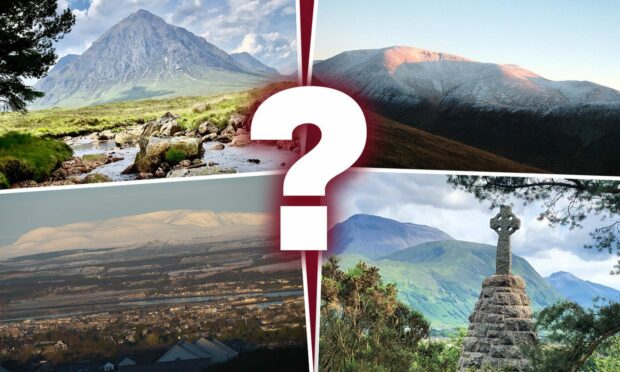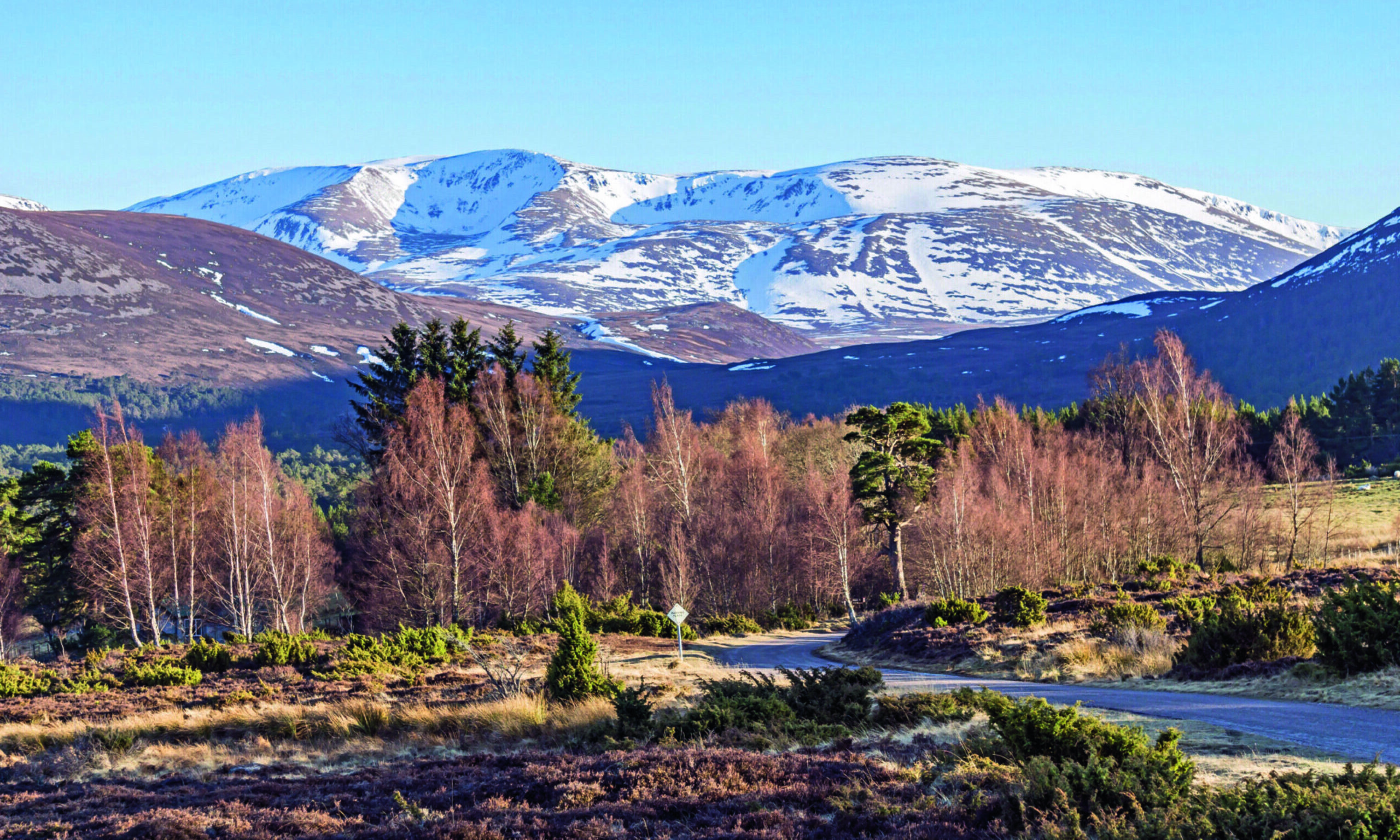Take part in our quiz and see if you can identify all nine of these Munro mountains by photo alone.
For each question, there are three multiple choice answers to choose from.
We’ve included Munros from all across Scotland, and selected some of the country’s most iconic summits.
So what are you waiting for? Lace up your hiking boots, zip up your waterproofs and take part in our Munro quiz here.
Start our Munro quiz by clicking the blue ‘Next’ button below:
How did you do in the quiz?
Share your results in the comments section at the bottom of this article.
And after you’ve finished our Munro quiz, why not find out if you know your right of way from your right to roam with this explainer on Scottish outdoor access myths?
What to know about Munros…
In total, there are 282 mountains across Scotland which meet the requirements to be designated as a Munro.
To be included in this lofty list, a mountain must have an elevation of more than 3,000 feet, and be on the Scottish Mountaineering Club‘s official list of Munros.
The term Munro is used to name Scotland’s tallest mountains because of Sir Hugh Munro, who first created a list of the nation’s largest hills in 1891.
Every year, thousands of hillwalkers from across Scotland and beyond take to our country’s highest peaks in a pursuit known as Munro bagging.
People taking part in Munro bagging often seek to reach the top of as many of the 282 Munros in Scotland as they can.
Although most people spend most of their lives trying to climb all of the listed Munros, there are a dedicated few people in history who have taken on the monumental challenge of bagging all of them as fast as possible.
In 2020, ex-commando Donnie Campbell conquered all 282 in just under 32 days, beating the old record by more than seven days.
But the Scottish hills are open to people of all ages and ability.
This August, 82-year-old Nick Gardner climbed his final Munro after first setting off on a charity challenge to bag all of them two years ago.
Some of the more famous Munros like Ben Nevis attract thousands of climbers a year, and some are so remote and difficult to access they are only climbed by much smaller numbers of determined individuals annually.
As well as Munros, large hills can be classified as Corbetts if their elevation is between 2,500 and 3,000 feet, and Grahams if they are between 2,000 and 2,500 feet.



Conversation